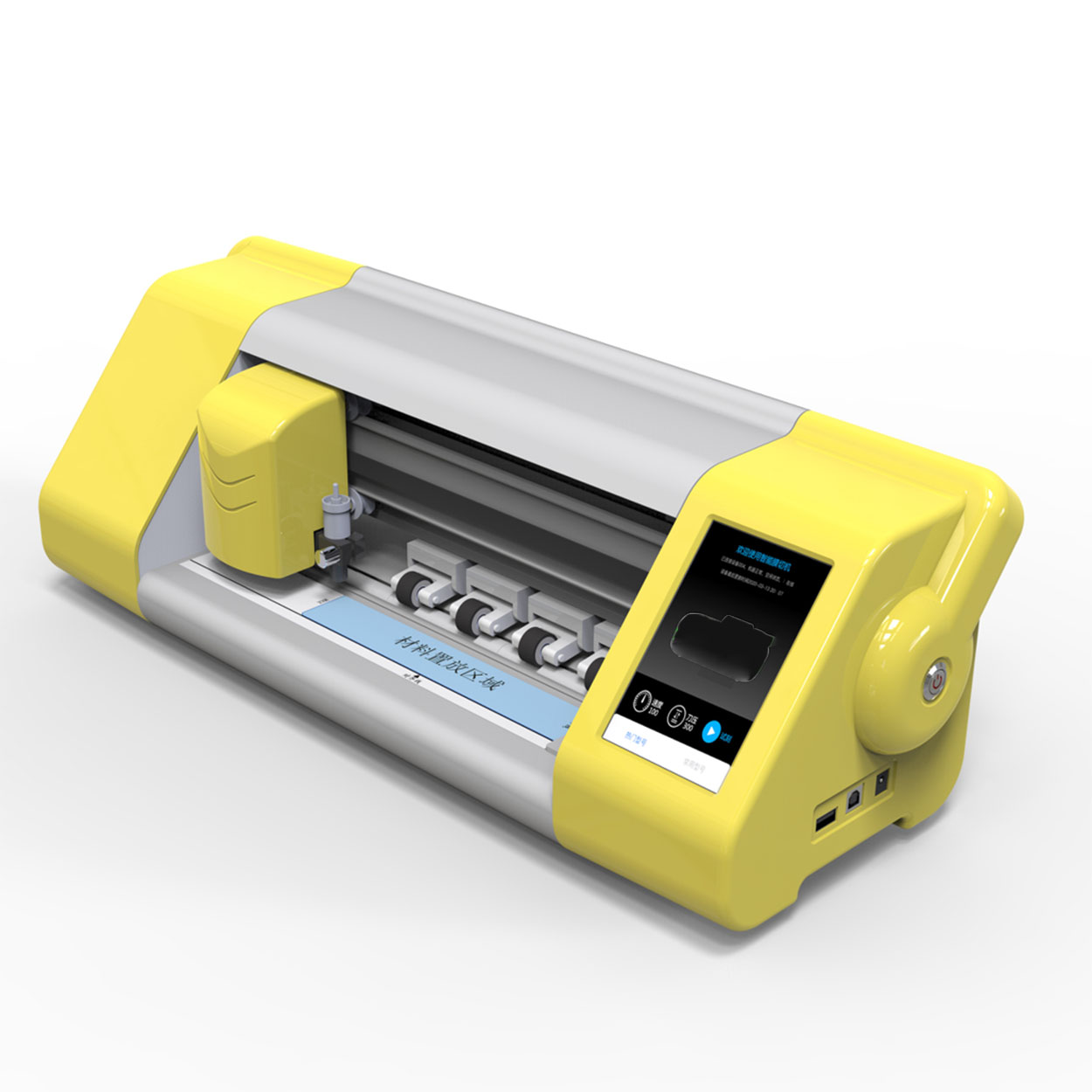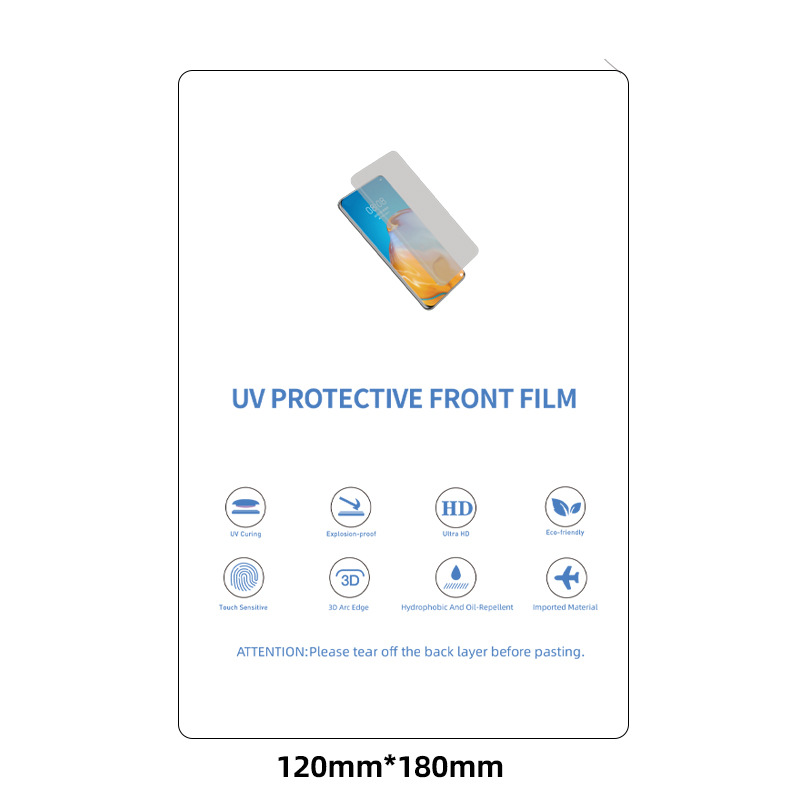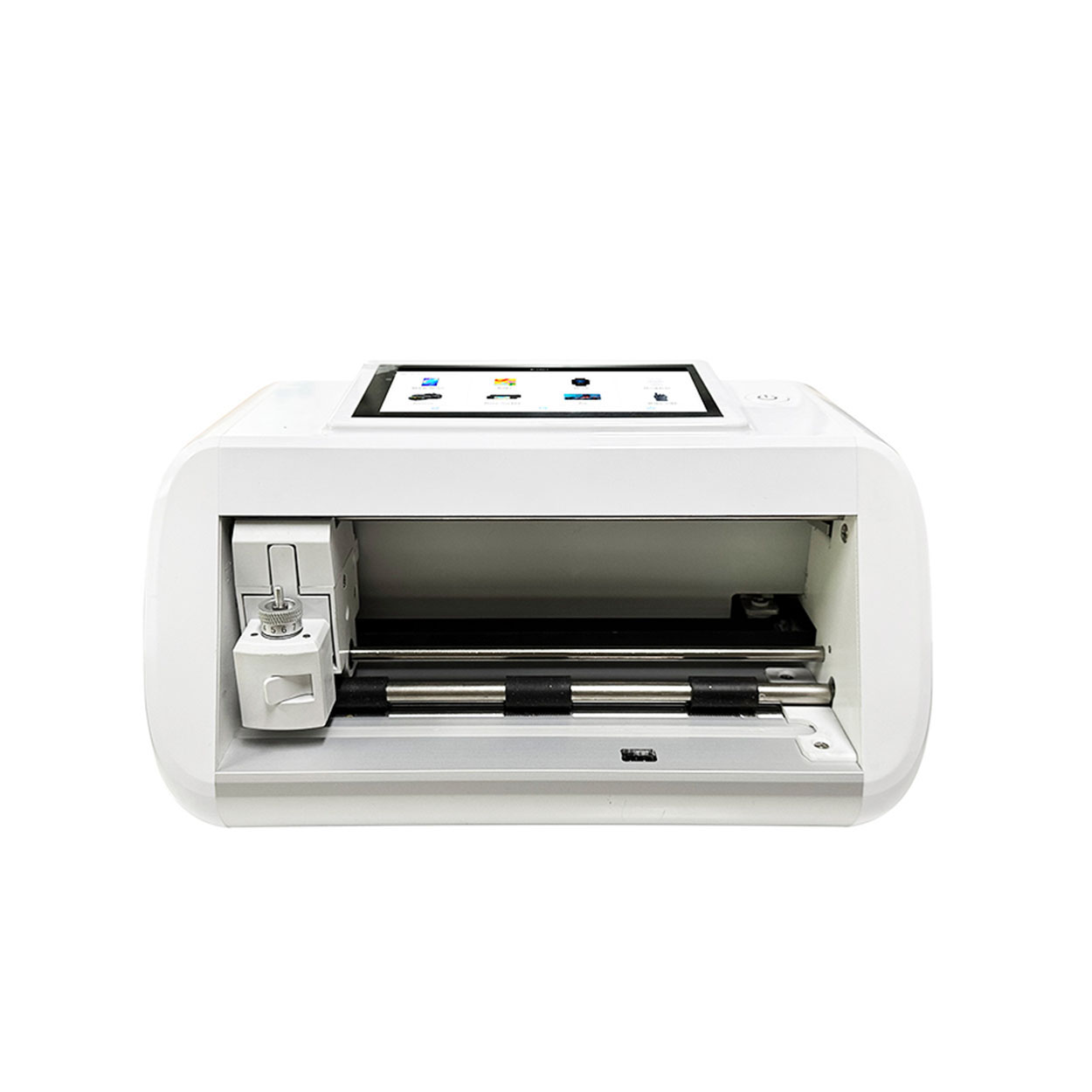
Cost-Benefit Analysis of Investing in a Hydrogel Blade Cutting Machine
Table of Contents
Extract
Summary
These machines are pivotal in industries such as medical, cosmetic, and electronics due to their precision and efficiency in producing high-quality hydrogel components. The analysis provides an essential guide for businesses contemplating the integration of this advanced technology into their operations. Hydrogel blade cutting machines facilitate the accurate and efficient cutting of hydrogel films, a critical material in many high-tech applications. The initial investment includes costs related to the purchase, installation, and operation of the machine, while ongoing expenses encompass maintenance, labor, and consumables. Despite the substantial upfront costs, the potential benefits—such as increased productivity, reduced material waste, and improved product quality—can lead to significant long-term savings and enhanced operational efficiency
. One of the most compelling reasons to invest in hydrogel blade cutting machines is the substantial improvement in productivity and quality. These machines allow for faster production cycles and minimize the need for secondary operations, which can lead to a reduction in scrap rates and rework. The high precision and reliability of these machines ensure that components meet stringent specifications, thereby enhancing customer satisfaction and opening up opportunities for higher-value applications . Moreover, strategic investments in advanced technology can provide a competitive edge in the market, enabling businesses to respond swiftly to market demands and capitalize on growth opportunities. However, the decision to invest in hydrogel blade cutting machines is not without its challenges. Financial, operational, market, and technological risks must be carefully evaluated. Market risks, such as fluctuations in raw material prices and shifts in consumer preferences, can impact profitability. Technological advancements also pose a risk, as rapid innovation may render current equipment obsolete . A thorough cost-benefit analysis, incorporating these potential risks and the anticipated return on investment, is crucial for making an informed and strategic decision. By balancing these factors, businesses can optimize their investment in hydrogel blade cutting machines, ensuring both economic and environmental benefits.
Overview of Hydrogel Blade Cutting Machines
Hydrogel blade cutting machines are essential tools for precision cutting of hydrogel films, which are used across various industries, including medical, cosmetic, and electronics. The cutting process involves several steps to ensure accuracy and quality. The process begins with the preparation of the hydrogel film, ensuring it is properly stored and ready for cutting. The cutting machine must also be clean and in good working condition. Following preparation, the film’s length and width are measured according to specific application or product requirements
. Next, the machine settings are adjusted to match the measurements and specifications of the hydrogel film. This includes setting the appropriate blade size and speed. The film is then loaded onto the cutting machine, making sure it is correctly aligned and secured. The cutting mechanism is activated, typically by pressing a button or triggering a specific command, to cut the hydrogel film according to the pre-set parameters. After cutting, the film is removed and inspected to ensure it meets the desired specifications. The machine is then cleaned and maintained to ensure optimal performance and longevity. Advanced hydrogel blade cutting machines, such as the Screen Protector Making Machine for Mobile Phones, offer a user-friendly interface and advanced technology for creating customized, high-quality screen protectors. These machines use premium materials to provide ultimate protection against scratches, fingerprints, and smudges, saving time and money by eliminating the need for frequent store visits. The manufacturing process of these machines involves design and planning, procurement of materials, assembly, installation of the cutting mechanism, integration of automation features, and testing and calibration. The final steps include quality control, certification, packaging, and shipping, with manufacturers often providing training and support for effective and safe machine operation.
Cost Analysis
When evaluating the cost of investing in a hydrogel blade cutting machine, it is essential to consider various factors that contribute to the total expenditure and operational efficiency. These costs can be categorized into several key areas: material costs, labor costs, machine costs, overhead and indirect costs, and setup costs.
Material Costs
Material costs are typically easier to allocate directly to jobs, as they involve the raw materials that go into making the product. However, there is a layer of complexity such as handling recycled materials. For instance, if a shop recycles chips, the return from recycling can either be credited to the specific jobs that produced the chips or used to reduce overall overhead costs
.
Labor Costs
Labor costs encompass the wages of employees who are directly involved in the manufacturing process. In addition to direct labor costs, there are also labor overhead costs, which include benefits and other associated expenses. These costs are critical in determining the overall labor expenditure for operating the hydrogel blade cutting machine
.
Machine Costs
Machine costs include the expenses associated with the purchase and operation of the cutting machine. Depreciation is a significant factor here, representing the costs associated with the equipment purchase, whether through a lease or loan payment, or the initial price amortized over a specific period. Depreciation costs are fixed and occur regardless of whether the machine is in use or idle
.
Overhead and Indirect Costs
Overhead and indirect costs can be challenging to allocate precisely to individual jobs. These costs include expenses like oil, coolant, rent on the shop space, and the electrical bill. These are often accumulated into an “Overhead” category and allocated to jobs based on machine hours used
. Operating costs such as gas, power consumption, maintenance, and consumables also fall into this category and only occur when the machine is operating.
Setup Costs
Setup costs cover the various administrative and labor-intensive tasks required to transition a design order into a production-ready state. This includes material acquisition, CAD-to-CAM conversion, manual machine setup, labor hours, tooling and fixture preparation, quality assurance, testing, and any initial waste or scrap
. Managing these costs effectively can significantly optimize production efficiency.
Cost Efficiency Through Scaling
Scaling up production can lead to substantial cost savings. For instance, if a part costs $5 per unit but has a setup cost of $100, producing one unit would cost $105. However, producing 100 units would distribute the setup cost, leading to a cost of $6 per unit. Therefore, increasing the production run can significantly reduce the cost per unit
.
Operating Costs and Maintenance
Operating costs, including maintenance and consumables, should also be factored into the cost analysis. While these can add up, the reduction in material waste and the ability to produce higher-quality products can result in significant savings. Conducting a thorough cost-benefit analysis is crucial to making informed decisions about whether to invest in new technology like a hydrogel blade cutting machine
.
Benefit Analysis
A comprehensive cost-benefit analysis is crucial for understanding the financial implications of investing in a hydrogel blade cutting machine. While the initial purchase cost can be substantial, the potential benefits in terms of increased productivity and efficiency are significant. Hydrogel blade cutting machines are capable of performing complex cuts with high precision, reducing the need for secondary operations and rework. This efficiency can lead to considerable time savings, allowing businesses to complete projects faster and take on additional work
.
Productivity Enhancements
Hydrogel blade cutting machines significantly improve productivity by increasing throughput and reducing scrap rates. The high precision of these machines ensures that components meet demanding specifications and tolerances, thereby reducing rework rates and decreasing the likelihood of warranty claims. These productivity enhancements enable businesses to handle more projects simultaneously, thereby increasing their capacity and market responsiveness
.
Quality Improvements
The superior quality and consistency of the components produced by hydrogel blade cutting machines meet stringent specifications and tolerances. This improvement in quality translates to reduced rework rates and increased customer satisfaction. By maintaining high standards, businesses can reduce warranty claims and open up opportunities for higher-value applications and markets. Improved quality also enhances a company’s reputation, fostering customer loyalty and potentially leading to increased sales
.
Return on Investment (ROI)
Calculating the ROI of a hydrogel blade cutting machine involves assessing the potential benefits and costs over the machine’s useful life.
- Investment costs: Initial purchase price, installation, and accessories.
- Operating costs: Energy consumption, consumables, maintenance, and labor.
- Productivity enhancements: Increased throughput, reduced scrap rates, and faster production times.
- Quality improvements: Reduced rework rates, increased customer satisfaction, and expanded market opportunities . The ROI is typically expressed as a percentage and calculated using the following formula:
ROI = (Net Benefits / Investment Costs) * 100%
Operational Efficiency
Effectively managing operational costs and optimizing the use of hydrogel blade cutting machines can enhance overall operational efficiency. Strategies such as regular maintenance and monitoring help detect potential issues early, preventing expensive repairs and disruptions to production schedules. By streamlining processes and utilizing advanced software for process control, businesses can maximize machine uptime and productivity. Investments in technology upgrades, employee training programs, and preventive maintenance extend the life of equipment and ensure consistent performance, thereby contributing to the long-term viability of manufacturing operations
.
Strategic Decision Making
Accurate cost data from hydrogel blade cutting machines enable informed decisions about equipment upgrades, process improvements, and capacity planning. Data-driven insights allow managers to effectively allocate resources and capitalize on growth opportunities. By leveraging precise cost data, businesses can make strategic decisions that enhance their competitive advantage in the market
.
Case Studies
Canada
Pricing Analysis
The cost of investing in a hydrogel blade cutting machine in Canada is influenced by several factors, including the type of raw materials used and the machine’s composition and application. In-depth pricing analysis reveals that the initial expenditure on such equipment is higher compared to traditional cutting methods, but long-term savings are realized through increased efficiency and reduced wastage
.
Market Share Analysis, 2022
By Raw Material
In 2022, machines using advanced raw materials like stainless steel and industrial-grade polymers saw significant market penetration due to their robustness and cutting accuracy
.
By Composition
German market preference leaned towards machines with sophisticated support structures and scraping mechanisms, ensuring equipment longevity and optimal performance
.
By Application
The machines were extensively used in automotive and aerospace industries, highlighting their capability to handle complex cutting tasks with precision
.
Brazil
Pricing Analysis
The Brazilian market follows similar trends to Canada, with costs varying based on material composition and the complexity of the cutting mechanism. Investments in hydrogel blade cutting machines are justified by the long-term benefits, including enhanced product quality and operational efficiency
.
Mexico
Pricing Analysis
The pricing landscape in Mexico shows that while initial investments in hydrogel blade cutting machines may be high, the return on investment is accelerated by the machines’ efficiency and lower operational costs
.
Germany
Pricing Analysis
In Germany, the high initial cost of hydrogel blade cutting machines is offset by their durability and efficiency, making them a viable investment for long-term operations
.
UK
Pricing Analysis
The UK market for hydrogel blade cutting machines reflects a similar pattern, where the
Economic and Environmental Impact
Investing in a hydrogel blade cutting machine can have significant economic and environmental benefits for businesses. Understanding these impacts can help in making an informed decision about the investment.
Economic Impact
Operational Expenditures (OEs)
Operational Expenditures (OEs) can be a major factor in the economic impact of investing in hydrogel blade cutting machines. These costs include labor, overhead expenses, and the costs associated with maintaining and operating the machine itself
. Properly managing these expenses is essential for business efficiency and cost-effectiveness. Implementing strategies like proactive maintenance schedules, negotiating bulk pricing for consumables, and optimizing machine parameters can help reduce operational costs significantly.
Energy Consumption
Energy consumption is another critical aspect of the economic impact. Hydrogel blade cutting machines typically require significant power, and optimizing energy usage can lead to substantial cost savings. Fine-tuning cutting parameters, implementing idle shutdown protocols, and investing in energy-efficient technologies can help minimize energy consumption
. By adopting these practices, businesses can not only reduce their energy bills but also extend the lifespan of their machines.
Consumables Management
Effective management of consumables is vital for cost optimization. Investing in high-quality supplies such as lenses and nozzles can extend their lifespan and reduce replacement frequency, thereby lowering overall operating costs
. Additionally, businesses can explore opportunities to recycle gases used in the cutting process, which not only contributes to environmental sustainability but also minimizes the recurring costs of purchasing new gas for machines.
Environmental Impact
Sustainability Practices
Sustainability is becoming increasingly important in manufacturing, and the use of hydrogel blade cutting machines can contribute to this goal. Companies like Buehler have implemented comprehensive recycling programs that prevent substantial amounts of waste from going to landfills
. By adopting similar practices, businesses can significantly reduce their environmental footprint.
Renewable Energy Usage
Utilizing renewable energy sources to power hydrogel blade cutting machines can further enhance environmental benefits. For example, Buehler powers its operations with a mix of solar, hydroelectric, and wind energy, resulting in 100% zero-emission electricity
. Adopting renewable energy sources can not only reduce the carbon footprint of the manufacturing process but also align with global sustainability goals.
Future Innovations
The future of cutting technologies is geared towards reducing material wastage, energy consumption, and emissions
. Innovations such as the integration of 3D printing and additive manufacturing with traditional cutting processes are expected to create more efficient and eco-friendly production methods. These advancements will likely offer new opportunities for businesses to enhance their sustainability efforts while optimizing costs. By understanding and leveraging both the economic and environmental impacts, businesses can make well-informed decisions about investing in hydrogel blade cutting machines. These investments can lead to significant cost savings, improved efficiency, and a reduced environmental footprint, contributing to overall business sustainability and profitability.
Risk Analysis
Investing in a hydrogel blade cutting machine involves a comprehensive risk analysis to understand potential pitfalls and prepare appropriate mitigation strategies. The major risks associated with such an investment can be categorized into market risks, operational risks, financial risks, and technological risks.
Financial Risks
Financial risks encompass the uncertainties related to the investment’s return and overall financial health of the organization. The capital expenditure for purchasing and installing the hydrogel blade cutting machine can be substantial. Businesses must evaluate the absolute $ opportunity analysis and potential return on investment over a forecast period, typically from 2023 to 2033
. Additionally, unforeseen expenses could arise, impacting the financial stability of the company. Preparing for such contingencies involves devising strategies to lessen the blow and creating a budget for unexpected costs.
Operational Risks
Operational risks are associated with the internal processes and systems of the organization. These include potential equipment failures, supply chain disruptions, and workforce issues. The supply chain analysis indicates the involvement of multiple participants such as producers, mid-level participants (traders/agents/brokers), and wholesalers and distributors
. Any disruption at any node in the supply chain can delay production and affect delivery schedules. Moreover, the reliability of the machine and its maintenance requirements are critical factors. Frequent breakdowns could result in production halts and increased operational costs.
Market Risks
Market risks refer to the uncertainties related to market demand and supply dynamics, which can significantly affect the profitability of the hydrogel blade cutting machine. Factors such as fluctuations in raw material prices, changes in consumer preferences, and competitive pressures must be considered. For instance, if there is a surge in the prices of polyacrylate or polyacrylamide, which are commonly used raw materials for hydrogel production, the cost of manufacturing could increase, reducing profit margins
. Additionally, shifts in market trends and the introduction of alternative technologies by competitors could affect the demand for products produced by the hydrogel blade cutting machine.
Technological Risks
Technological risks pertain to the rapid pace of technological advancements and the potential obsolescence of the hydrogel blade cutting machine. Businesses must stay abreast of the latest innovations and ensure that the technology they invest in remains competitive. The analysis should include a technology roadmap to anticipate future trends and innovations that could render the current investment obsolete
. Furthermore, the adaptation to new technologies and training staff to operate sophisticated machinery also pose significant challenges.
Comments

DIY vs Professional: Is a Screen Protector Cutter Worth the Investment?
DIY screen protectors allow for customization and potential cost savings, while professional options promise superior clarity, ease of installation, and enhanced durability.

Can a Cracked Screen Protector Damage Your Phone?
By taking these steps, you can prevent long-term damage to your phone and ensure it remains in top condition.
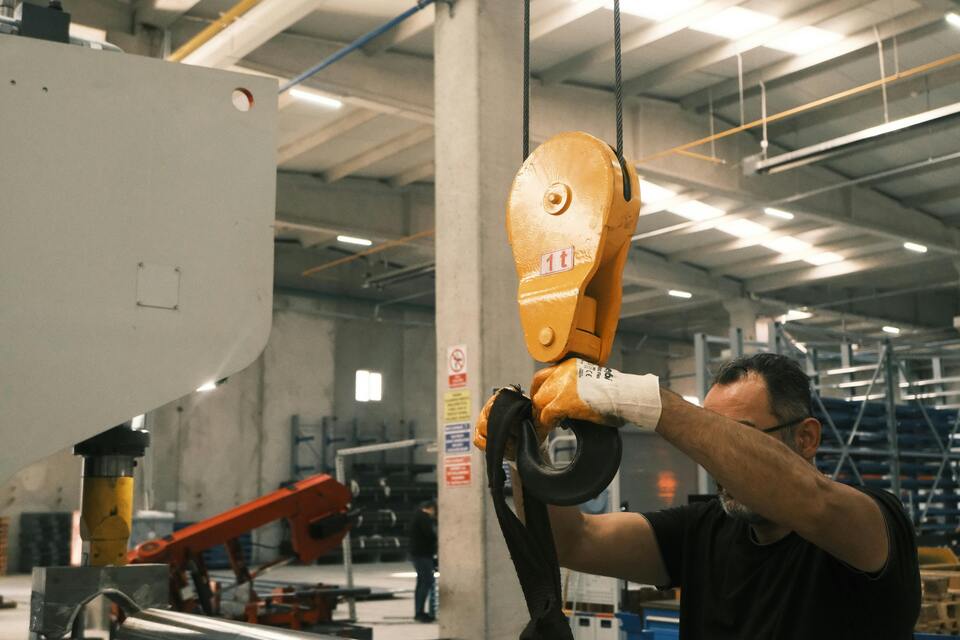
How to Apply a Screen Protector to a Camera?
By following these steps and tips, you’ll ensure your camera lens remains protected and ready to capture stunning images. Happy shooting!
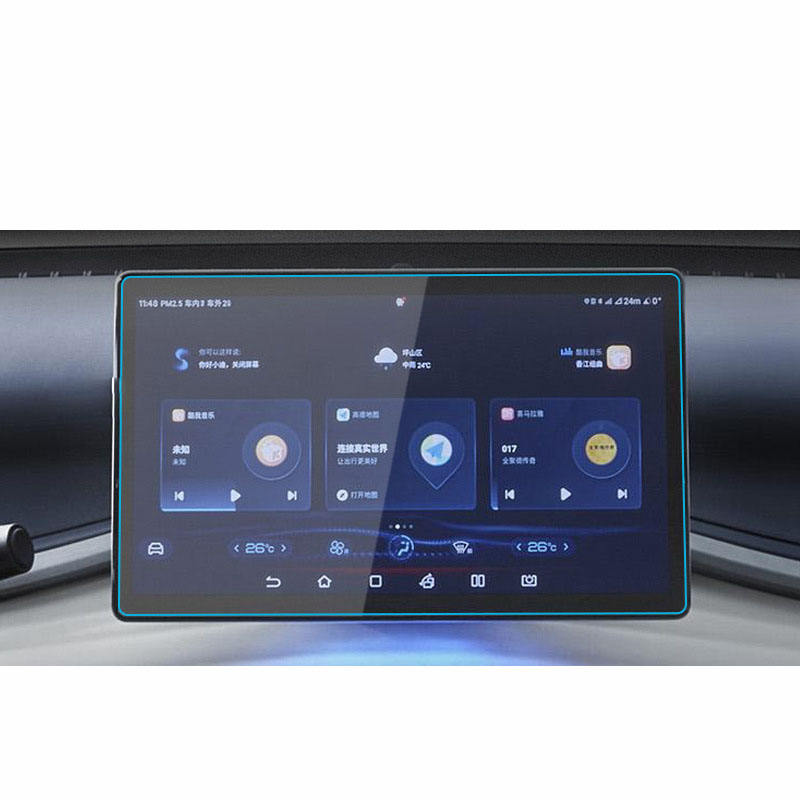
Formula leopard 5 Navigation Tempered Glass
Protect your Formula Leopard 5’s navigation screen with our premium tempered glass protector.

Auto Repair Anti-scratch Film EPU Screen Protector
When comparing EPU vs TPU screen protectors, EPU protectors offer significant advantages in terms of durability, flexibility, and display clarity. They are an excellent choice for users seeking long-term protection with superior scratch resistance and a premium touch experience. However, if you prioritize affordability and basic protection, TPU protectors are still a reliable option. Ultimately, your choice should depend on your specific needs for screen protection.
Tags
Find All knowledge and trends from our blog, get the wholesale price and best quality from our factory.
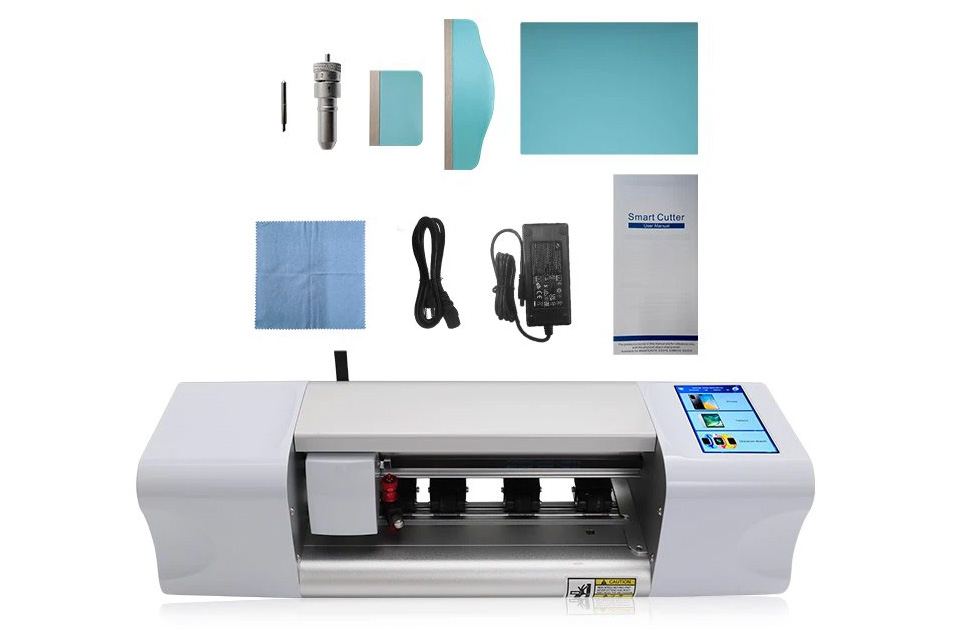
What Film Cutting Machine and Its Application
Film cutting machines have played a crucial role in the evolution of filmmaking and various industrial processes by enabling precise cutting and splicing of film materials.
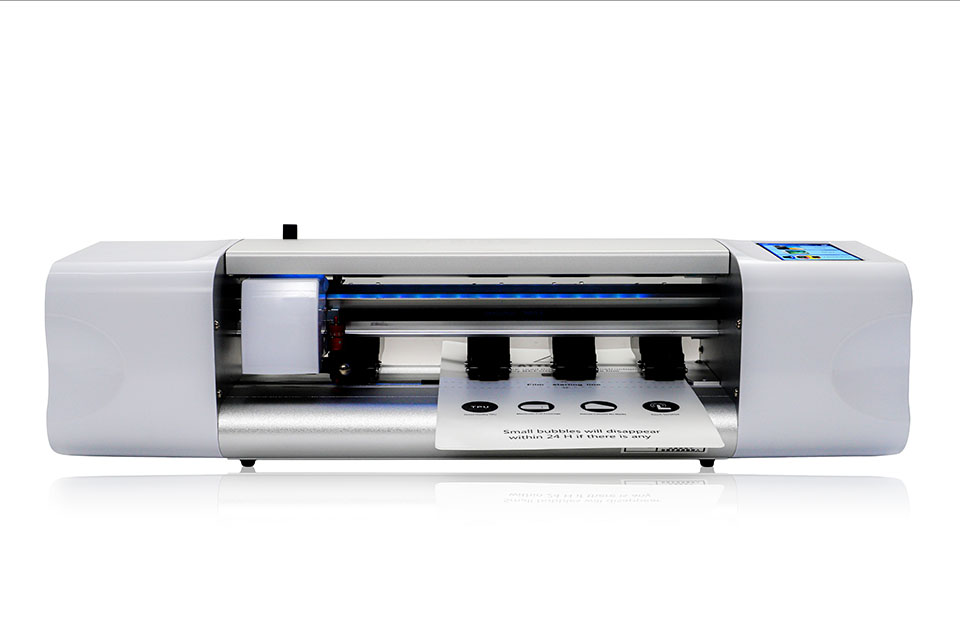
What Is a Screen Protector Cutting Machine?
A screen protector cutting machine is a specialized device designed to produce custom-fit screen protectors for various electronic devices, including smartphones, tablets, smartwatches, laptops, and monitors.
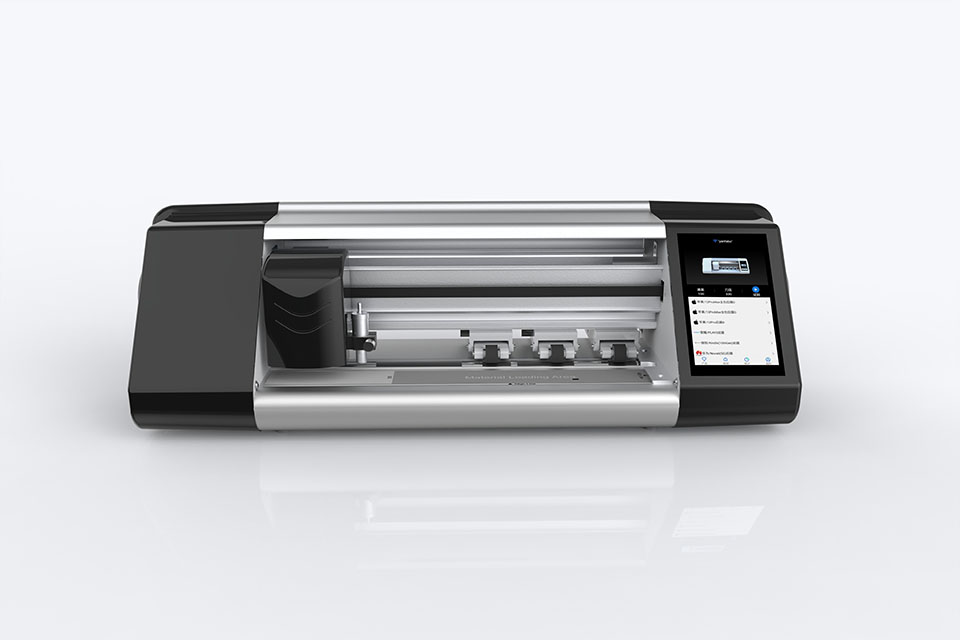
How Mobile Phone Screen Protector Cutting Machine Work?
A mobile phone screen protector cutting machine is a sophisticated device designed
to produce customized screen protectors for various digital devices with high preci
sion and efficiency.

Characteristics of Mobile Phone Tempered Glass and Mobile Phone TPU Screen Protector
Thermoplastic polyurethane (TPU) screen protectors are flexible, durable, and
self-healing plastic films designed to protect electronic device screens from
scratches, impacts, and other potential damages.
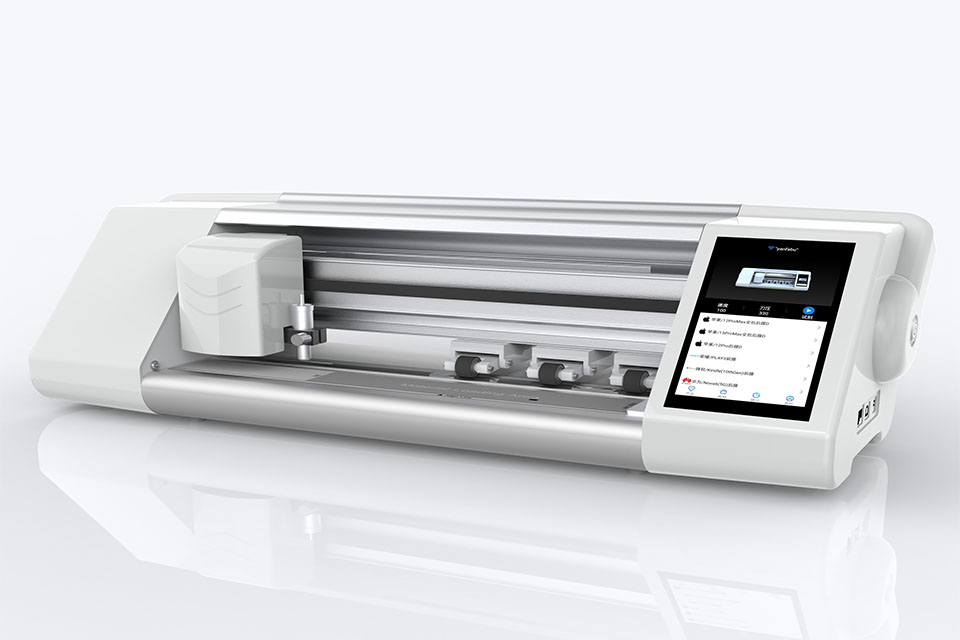
Revolutionize Device Protection with Screen Guard Cutting Machine
Whether you possess a smartphone, tablet, or smartwatch, this versatile machine accommodates a vast array of devices. It seamlessly adapts to the dimensions of your gadget, offering a custom fit that generic protectors can’t match.

Screen Protector Lifetime Warranty
A screen protector lifetime warranty is a guarantee provided by manufacturers that
promises to repair or replace a screen protector for the lifetime of the product, under specific terms and conditions.

